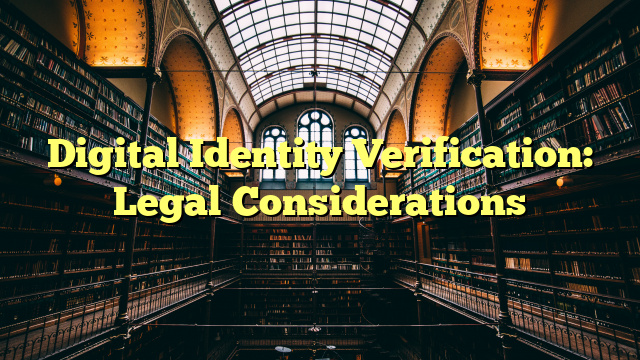Table of Contents
Use Cases for Digital Identity Verification
Digital identity verification has become increasingly important in various industries. Some common use cases include:
- Online account creation: Many online platforms require users to verify their identity before creating an account to prevent fraud and ensure the security of their services.
- Financial transactions: Banks and financial institutions use digital identity verification to comply with regulations and prevent money laundering and other illegal activities.
- Age verification: Online platforms that sell age-restricted products, such as alcohol or tobacco, use digital identity verification to ensure that customers are of legal age.
- Access to sensitive information: Government agencies and organizations that handle sensitive data, such as healthcare providers, use digital identity verification to control access and protect privacy.
Risks of Customer Verification
While digital identity verification offers many benefits, there are also potential risks involved:
- Data breaches: Storing personal information for verification purposes can make businesses a target for hackers. It is crucial to implement robust security measures to protect customer data.
- Privacy concerns: Collecting and storing personal information raises privacy concerns. Businesses must comply with data protection regulations and ensure that customer data is handled securely and responsibly.
- False positives and negatives: Automated verification systems may produce false positives, rejecting legitimate customers, or false negatives, allowing fraudulent individuals to pass the verification process. Regular monitoring and fine-tuning of the system are necessary to minimize these errors.
Digital Identity Verification Process
The digital identity verification process typically involves the following steps:
- Collection of information: Customers provide personal information, such as their name, address, date of birth, and identification documents.
- Document verification: The provided identification documents are verified for authenticity and validity.
- Biometric verification: Customers may be required to provide biometric data, such as fingerprints or facial recognition, to further verify their identity.
- Database checks: The collected information is compared against databases to check for any discrepancies or matches with known fraudulent individuals.
- Decision and feedback: Based on the verification results, a decision is made regarding the customer’s identity. Feedback is provided to the customer regarding the outcome of the verification process.
Digital Identity as an Extension of Real Identity
Digital identity can be considered an extension of a person’s real identity, but it is important to distinguish between the two. While digital identity may contain personal information and attributes, it is not a complete representation of a person’s real-world identity.
It is crucial to establish legal frameworks and regulations to protect individuals’ digital identities and ensure that they are not misused or compromised. This includes implementing strong security measures, providing transparency about data handling practices, and giving individuals control over their digital identities.
Overall, digital identity verification plays a vital role in various industries, offering benefits such as fraud prevention and enhanced security. However, businesses must carefully consider the legal and ethical implications and take necessary measures to protect customer data and privacy.

